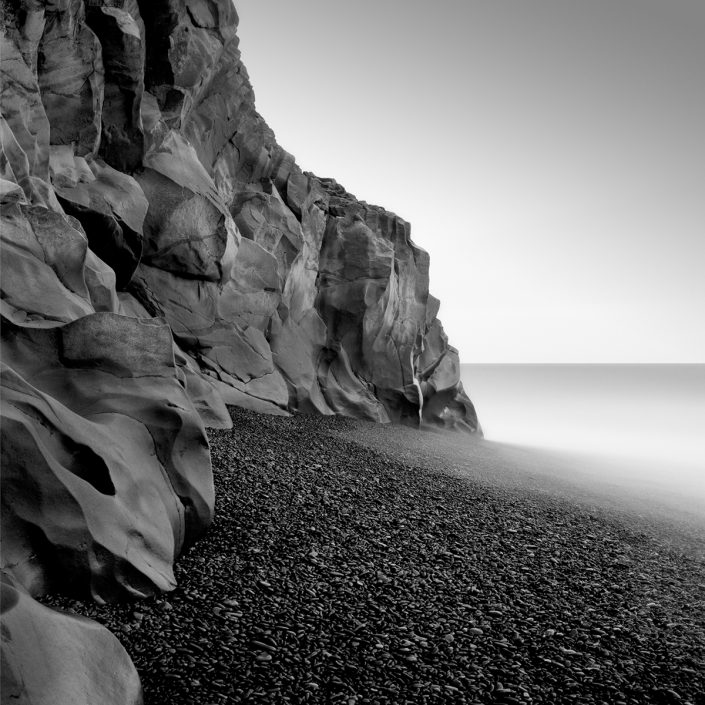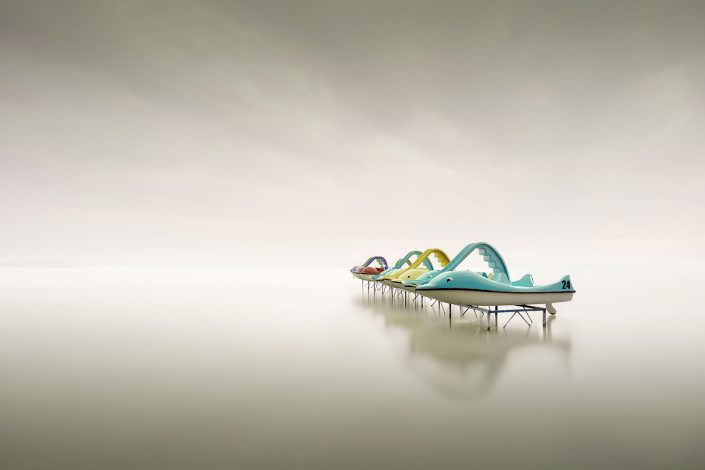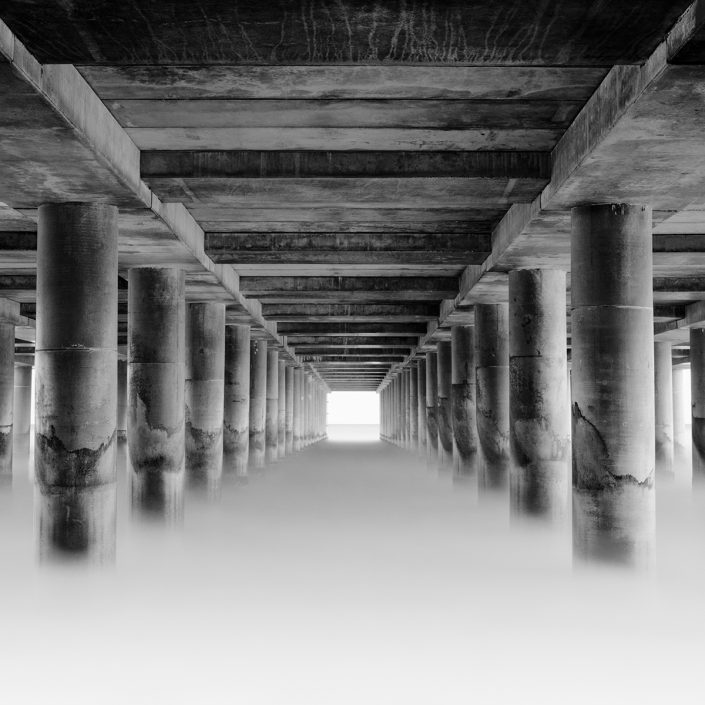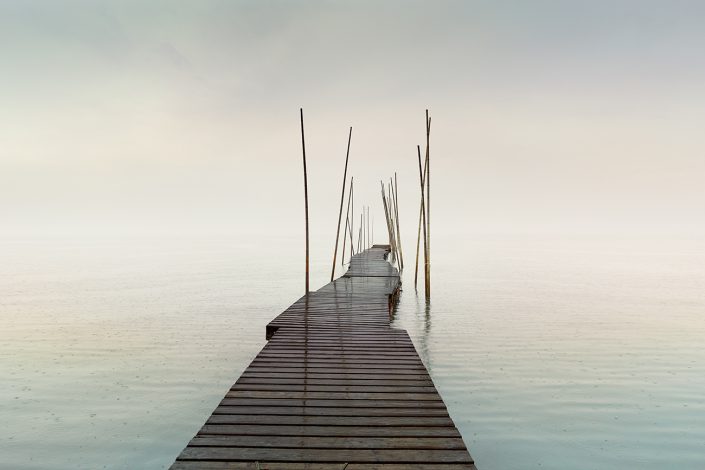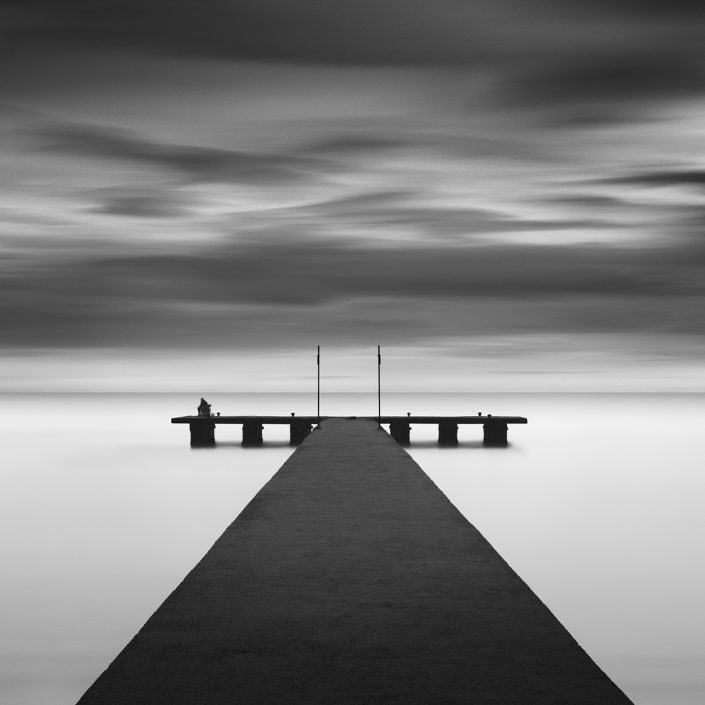Michael Levin
For the past 15 years Michael Levin has earned worldwide attention for his carefully observed photographs. He’s the recipient of numerous International photography awards and his debut monograph Zebrato is now in it’s third printing. His work has appeared in Hollywood blockbusters, TV series and his imagery has been used by global brands like IKEA and TUMI Luggage.
On top of this he’s represented by a number of galleries Internationally that sell his limited edition prints. Levin produces all his prints in his studio and is meticulous in the preparation of his work.
There is a deceptive simplicity in his images as if these places need only to be found to be realized. Places simple and totemic. It is Levin’s own pure sensibility that gives them weight and value and timelessness.
Levin travels extensively throughout Europe and Asia to capture his work.
THE VISUAL ORDER OF SPACE
The lure in a Michael Levin photograph is simplicity but its logic comes from a more complex awareness of space. What Levin does best is to find common objects and make them compelling as an image. Unlike some photographers who apply thematic rules to their choice of subjects or weight the work with conceptual ideas, Levin puts himself out there more freely, riffing on the unexpected possibilities in found locations and objects. He is not trying to prove a theory but rather tell the story of his experience in a clear, precise language. And he instinctually understands the visual order of space.
In his photographic work, Levin has the unique advantage of years practicing the flamenco guitar, including studying in Spain. It’s an unlikely but useful training ground for teaching an artist to interpret a scene. By learning about the colour and cadence of sound, Levin knew better when to strike a note that would add to the emotion of the flamenco dance. A camera is an instrument of interpretation no less than a guitar and Levin has learned to play both well.
When looking at Levin’s work, I’m always struck by how plain his subjects are and yet how ambitious and resonant they appear through his careful lens. The locations might vary from Iceland to Japan (and elsewhere) but that information seems as secondary as the utilitarian purpose of some of the central subjects. Levin’s work is like a riddle that doesn’t ask to be solved. It doesn’t seem necessary to know where Akame Falls was photographed or the practical explanation behind Grid or New Concrete. Each is an evocation of Levin’s own experience in witnessing these places.
“I always think that being a good photographer is less about knowing rules than knowing yourself. What I make of a subject comes from inside of me.”
Levin’s spare arrangements and structured tonal composition point the work in the direction of minimalism but the air of emotion and mood that holds to each scene suggests more expressive possibilities. While Levin avers a spiritual dimension to his work, he allows for the revelation that comes from seeing in a particular way. The photographs are less about knowing a place than discovering a self. With each photograph, Levin is learning to express himself, to use the language of the image to tell a more trenchant story of how he sees when he is out in the world looking for more.
Barry Dumka



